Supervisory control and data acquisition (SCADA) is a system of software and hardware elements that allows industrial organizations to :
- Controlling & monitoring Process in real time from Remote location
- Analyze & calculation of complex the Process & maintain accordingly the Control Signals
- Data Acquisition, Historical Data Logging, Archiving & retrieving
- Trend & Alarm generation
- Recipe Management for Process & Chemical Industries
- Report Generation
Applications of SCADA
SCADA is widely used in different areas from chemical, gas, water, communications and power systems. The list of applications of SCADA can be listed as follows.
Electric power system, operation and control:
SCADA systems are used in electric power generation plants, transmission area and distribution system.
Manufacturing Industries or plants:
A SCADA helps in management of different inventory items or raw materials, controlling of automated systems in synchronous manner.
Telecom and IT based systems:
Management of different RF based systems, communication mediums and large communication systems including data logging through antennas can be easily done through the SCADA.
Water and sewage treatment plants and supply management:
SCADA based systems are used by the state or municipal corporation to monitor, control and regulate water capacities in reservoir.
Traffic controls:
SCADA helps in regulation of traffic signals , controls the traffic flow in railway systems on road systems and air traffic controls.
Lift and Elevator controls:
SCADA can also be used for lift and elevator controls.
Buildings, facilities and environments:
Facility managers use SCADA to control HVAC, refrigeration units, lighting and entry systems.
Mass transit and Railway Traction:
Transit authorities use SCADA to regulate electricity to subways, trams and trolley buses; to automate traffic signals for rail systems; to track and locate trains and buses; and to control railroad crossing gates.
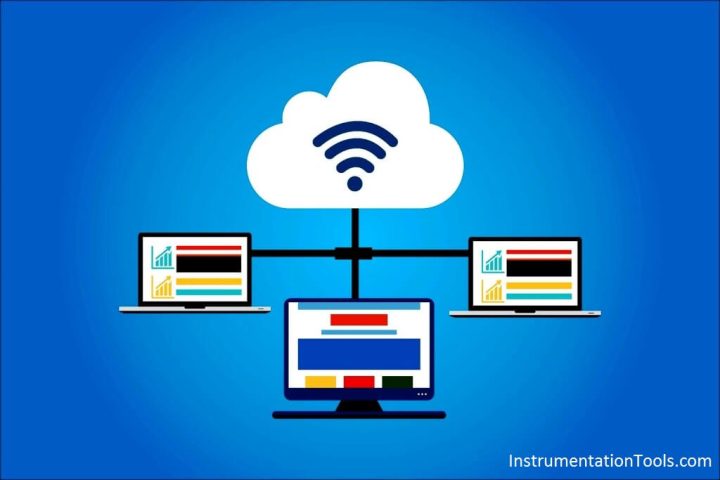
SCADA in Power Systems
SCADA is widely used in power systems. The applications for SCADA keep increasing day after day.
Some of the applications are
- Comprehensive operational planning and control
- Fuel resource scheduling
- Optimum power flow
- Network security
- Economic dispatch
- Generation dispatch control
Benefits of SCADA for Power Systems
- Improved quality of service
- Improved reliability
- Reduced operating costs
- Maintenance /Expansion of customer base
- Ability to defer capacity addition projects
- High value service providers
- Improved information for engineering decision
- value added services
- Flexible billing option
- Improved customer information access
- Reduced system implementation costs
- Reduced manpower requirements
Typical features of a substation SCADA system are as under
- Substation parameter monitoring
- Controlling electrical network components remotely
- Safety tagging
- High resolution time stamping
- Sequence of event reporting for post event analysis
Additional features of substation control system
- Demand side management
- Volt/VAR control
- Preventive maintenance
- Fault detection isolation and restoration
SCADA for Power Utility Network
The aim of power network utilities (PNU) software is to provide the electrical utility with tools which will enhance the operation of the system in a very cost effective way.in the present scenario of low budgets for power utilities to produce and distribute quality power at the minimum cost.
This goal can be achieved by proper operation of the electrical network and at the same time having real time data about state of the network.This real time data can then be used for supervisory controlled changes of the network parameters with effective guidance from distribution automation tools.
The PNU software utilizes the real time SCADA data. The real time network topology network component details & user defined strategies to achieve the above mentioned goals. PNU uses a combination of mathematical and logical techniques to provide the user with a host of applications for the purpose of distribution automation.
Features of Power Network Utilities
- Component Modeling
- State Estimation
- Bad data suppression
- Contingency analysis
- Fault isolation/islanding
- Load shedding
- Volt/Var scheduling
- Dispatcher power flow
- Short circuit analysis
- Network topology processor
Objectives of SCADA
There are many objectives of SCADA System.
1. Improved overall System efficiency (capital & energy)
2. Increased penetration energy sources including renewable energy sources.
3. Reduced Energy Requirements in both the Transmission and Generation
4. Increased Relativity of sequence to essential loads.
If you liked this article, then please subscribe to our YouTube Channel for PLC and SCADA video tutorials.
You can also follow us on Facebook and Twitter to receive daily updates.
Read Next:

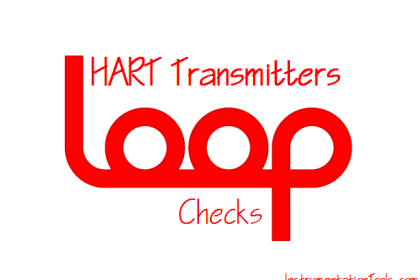
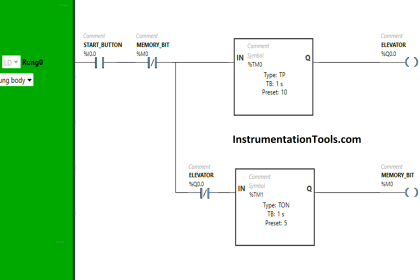
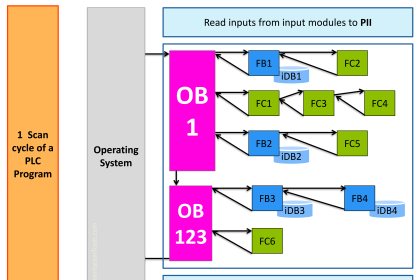
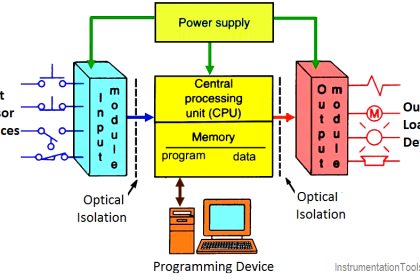
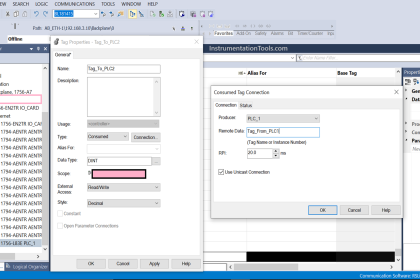
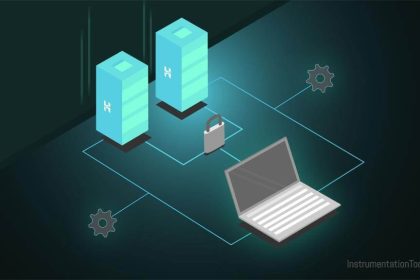
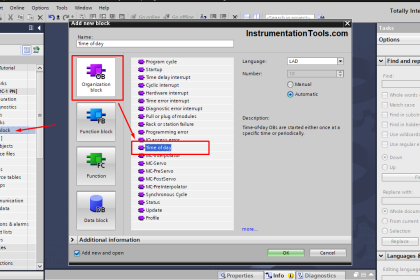

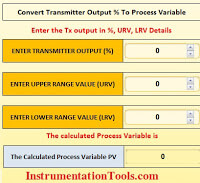
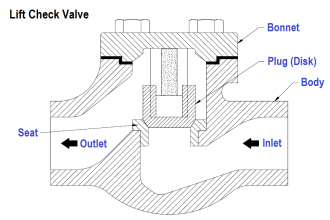
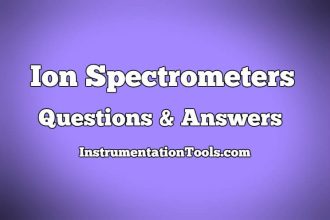

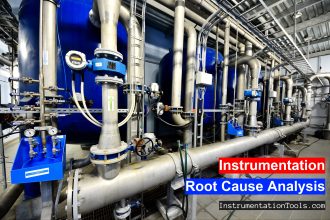



very informative